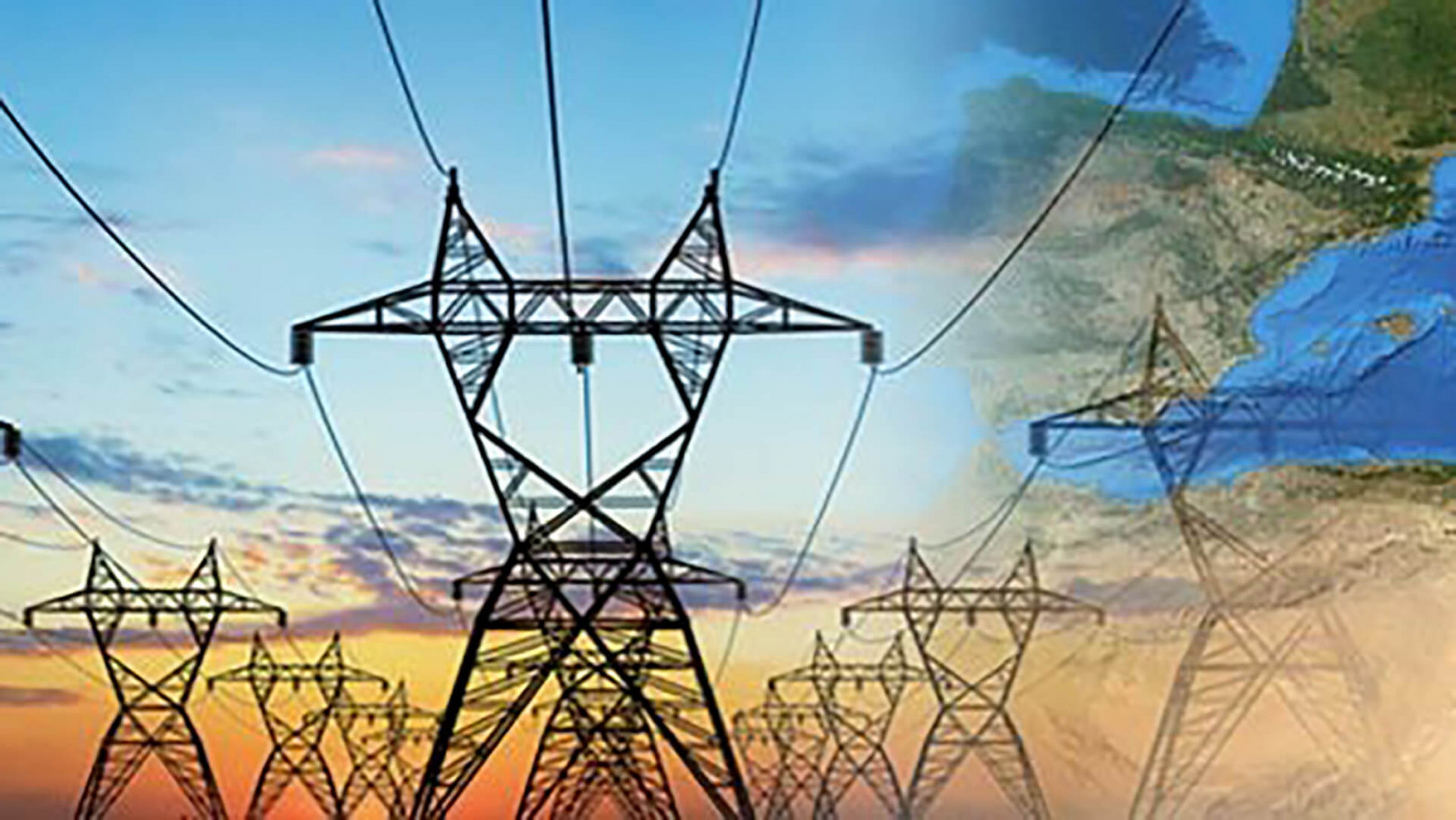INESC TEC contributes to electricity interconnections of 20 countries in the Southern Europe and North Africa
Recent studies led to the identification of transmission networks reinforcements of Southern Europe and North Africa countries.
12th June 2018
This work had inputs of Leonel Carvalho and João Abel Peças Lopes, researchers from INESC TEC's Centre for Power and Energy Systems (CPES) and will make the integration of 14 new electricity interconnections in HVC and HVCD possible, most of them through the Mediterranean Sea.
These studies, which also had inputs from a team of the Universidad Pontificia Comillas, were promoted by the Transmission System Operators of the Mediterranean Med-TSO association through the European project entitled Mediterranean Project 2015-2018. This pioneer project aimed at the progressive harmonization in order to ensure the Mediterranean electrical systems interoperability as well as the development of transnational infrastructures to facilitate the electricity exchange.
This way, the studies which started in early May 2017 and were conducted by INESC TEC, will foster the economic cooperation between the several countries and the increasing renewable energy use that are bountiful in this area such as the solar energy in the North Africa and wind energy in Europe.
Among several tasks, the team of INESC TEC was responsible for the creation of models of the Mediterranean interconnected transmission network for 2030 and which comprises the networks of 20 countries - Algeria, France, Italy, Morocco, Portugal, Spain, Tunisia, Albania, Cyprus, Egypt, Greece, Israel, Jordan, Libyan, Lebanon, Montenegro, Palestine, Slovenia, Syria and Turkey. These models were based on the macroeconomic scenarios to use several electrical energy sources and the operation rules of the transmission networks of each country.
The models, which were then tested in several contingency scenarios, consisted in the removal of network components, namely transmission lines, transformers and generators. These tests also allowed the identification of possible circuits with operational limits infringement and the necessary network reinforcements to guarantee the safe operation on such equipment.
The three-year European Mediterranean Project 2015-2018 has come to an end, playing an important role to the electricity interconnections feasibility and technical impact of the construction of several electricity interconnections between the European and African continent.
More information on this project may be found here: http://www.med-tso.com/mediterranean.aspx?f=
The researchers mentioned in this news piece are associated with INESC TEC and UP-FEUP.


